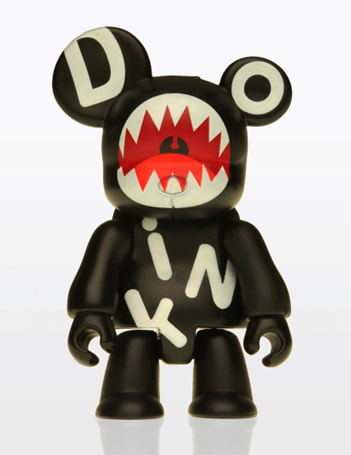Oh those crafty agency types, saying the same thing but calling it by a different name so that each can “own” it. And yes, we’re just as guilty as everybody else with both the carefully crafted Marketing for Good and Marketing as Service concept descriptors. That said, here’s a little index of who is calling what what so we can keep it all straight:
- Marketing as Service (Renegade)
- Branded Utility (Barbarian Group)
- Marketing with Meaning (Bridge Worldwide)
Ironically, both Marketing as Service and Marketing with Meaning were featured in AdAge this week. Since I’ve already covered the former, I’ll give you a taste of the latter:
Young marketers or agency executives don’t take long to learn they’ve dedicated their lives to creating stuff people seek to avoid, and with increasing success. But Bridge, a digital unit of WPP Group’s Wunderman in, of all places, Cincinnati, ancestral homeland of Procter & Gamble Co. and interruptive advertising as we know it, thinks it has a disarmingly simple answer: “Marketing with Meaning.”
Bridge’s alternative, according to Mr. Woffington: “How do you make sure your marketing is held up to the same standard the product is? … P&G says their products improve people’s lives. But how about the marketing? Does the marketing itself improve consumers’ lives? … That’s a much higher standard than just selling more product.”
The article goes to site some specific examples including one I really like a lot:
Kimberly-Clark Corp. this year rolled out a $2 million, three-year “Not on My Watch” program for a bus tour to teach nurses and others to combat hospital-associated infections that kill an estimated 100,000 people annually in the U.S. Not only could the program save lives, said John Amat, VP-global sales and marketing for K-C Health Care, it could help save some of the $4.5 billion spent annually to treat such infections, much of which soon will no longer be reimbursed by Medicaid.
I suppose I could try to explain the differences between their hifalutin marketing principle and ours, but I’m afraid I’d ultimately have to admit that Shakespeare had it right as usual:
- What’s in a name? that which we call a rose
- By any other name would smell as sweet.

